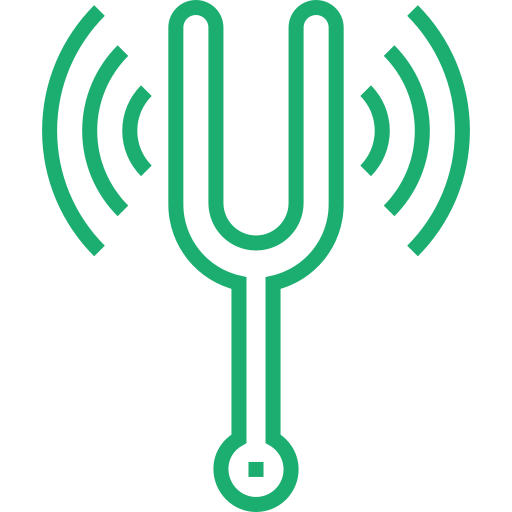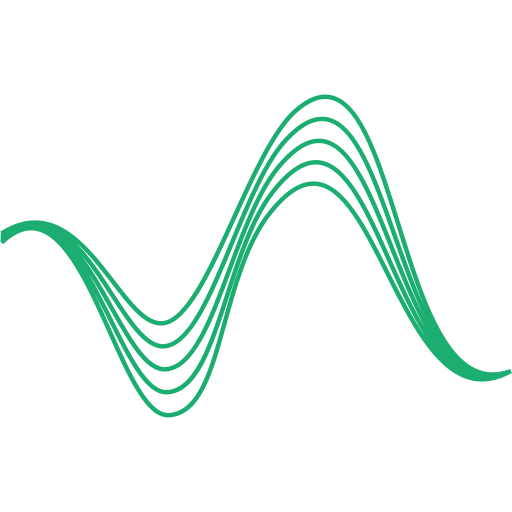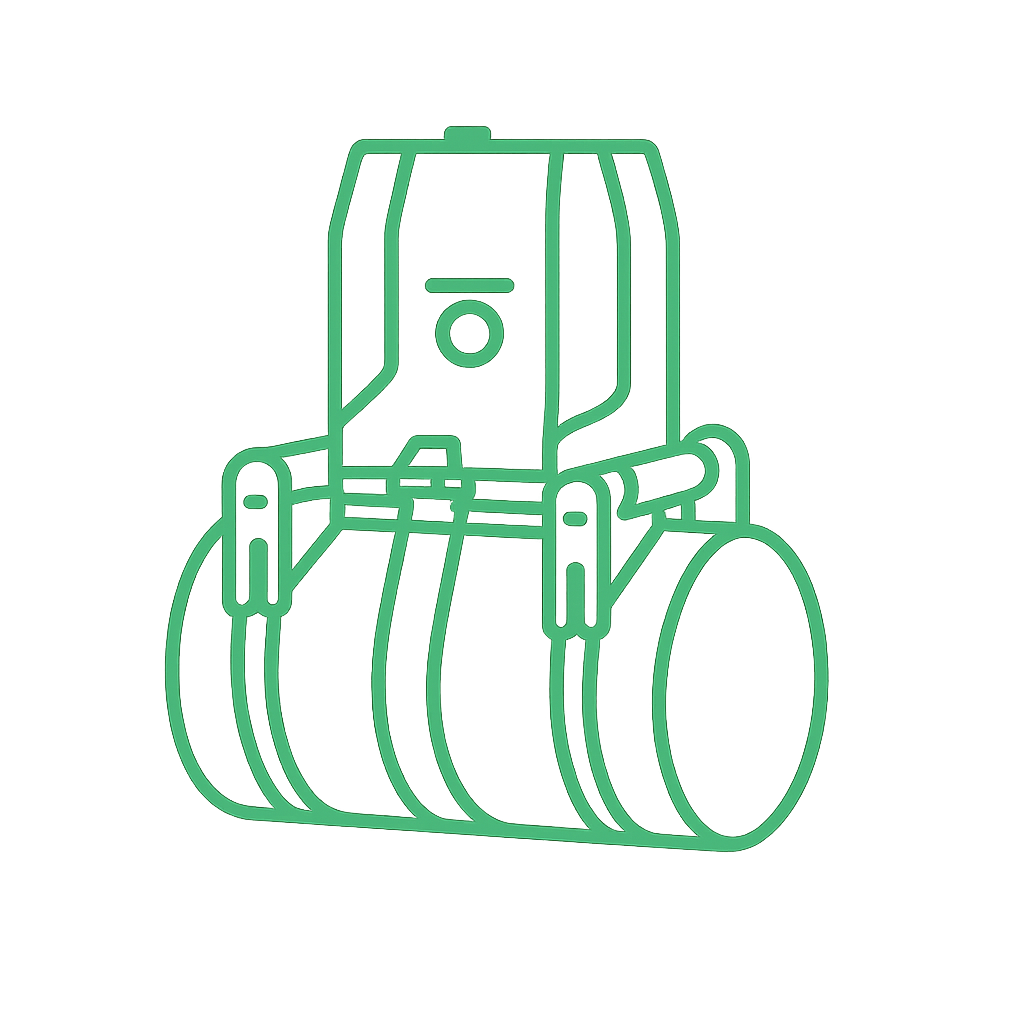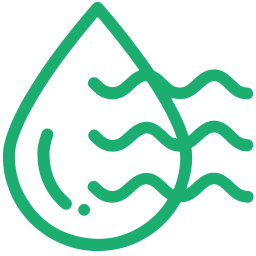Guided Wave Testing (GWT) is a non-destructive testing (NDT) technique that is commonly used to inspect and evaluate the integrity of long pipes, pipelines, and other structures. This technique utilizes guided waves, typically ultrasonic waves, to detect defects, corrosion, and other abnormalities in the material without the need for direct contact or disassembly.
BENEFITS
- High Sensitivity: GWT is highly sensitive to various types of defects, including corrosion, cracks, and wall thickness variations, even in hard-to-reach areas.
- Long-Range Inspection: It allows for the inspection of long sections of pipelines or structures from a single access point, reducing the need for extensive dismantling and excavation.
- Cost-Effective: By eliminating the need for extensive disassembly and minimizing downtime, GWT can lead to significant cost savings in maintenance and inspection.
- Minimal Surface Preparation: Unlike some NDT methods, GWT often requires minimal surface preparation, making it suitable for inspecting structures with coatings or insulation.
- Real-Time Monitoring: GWT can be used for continuous monitoring, providing real-time data on the condition of the structure, which is particularly beneficial in industries where safety is critical.
APPLICATIONS
- Oil and Gas: GWT is widely used for inspecting pipelines, both above and below ground, to detect corrosion, stress corrosion cracking, and other defects.
- Aerospace: It is used to assess the condition of aircraft components, including wing spars, fuel lines, and structural elements.
- Railways: GWT can be applied to inspect rails, track components, and other critical infrastructure in the railway industry.
- Petrochemical and Chemical Plants: It is used to inspect process piping, tanks, and vessels to ensure the safety and reliability of operations.
- Power Generation: In the power industry, GWT is used for inspecting power plant pipelines, heat exchangers, and steam lines.
- Civil Infrastructure: This technique can be applied to assess the condition of bridges, tunnels, and other critical infrastructure elements.
- Manufacturing: In manufacturing, GWT can be used to inspect long pipes, tubes, and other fabricated components for defects before they are assembled into larger systems.











